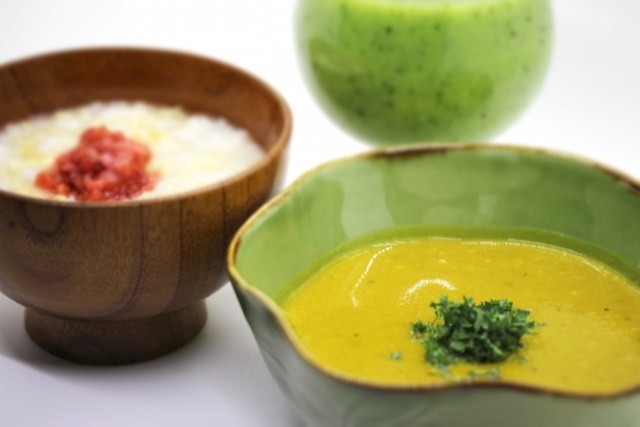3D food printers drew attention at launch, but haven’t spread widely. Here’s a quick look at why adoption is slow and how they relate to elderly care food—helpful to know before making inquiries.
Is it difficult to handle? Why 3D food printers haven’t spread as much as expected?

If you're considering introducing a 3D food printer, you may have concerns about the limited variety of available models or difficulty finding a retailer. There are four main reasons why 3D food printers haven’t become as widespread as expected.
High price of 3D food printer
The biggest reason 3D food printers haven’t widespread is their high cost. While standard food printers that print images or text on food can be purchased for just a few tens of thousands of yen, 3D food printers cost several times more. If you want features like full-color printing, the price increases even further. However, as more manufacturers develop and refine this technology, functionality continues to improve-so if prices come down, broader adoption is likely.
Time consuming to prepare materials
To use a 3D food printer, you need to prepare various ingredients like meat or fish paste, or powdered rice and wheat, depending on the food you want to make.
Since the ingredients are food, attention must be paid to expiration dates and storage methods. Even if 3D food printing is simple, the preparation can be time-consuming.
Reproduction takes time
To achieve a high level of visual reproduction in 3D food printing, it takes a considerable amount of time. If production time becomes too long, it defeats the purpose of using a 3D food printer to increase productivity, which is one reason why its adoption hasn't progressed much.
Lots of nozzles needed to change texture
With a single nozzle, a 3D food printer produces food with the same taste and texture. To vary the flavors and textures, multiple nozzles are needed, but this increases the printer's size, making it harder for small shops or factories to adopt.
Can you even make nursing food more tasty?

Currently, public and private sectors are collaborating to develop 3D food printers for elderly care meals, offering several benefits.
Enjoy the flavor of each ingredient
One drawback of retort-care meals is that the ingredients blend together over time, resulting in a lack of distinct flavors. However, with a 3D food printer, meals can be prepared just before consumption, allowing for a more enjoyable and flavorful experience.
Enjoy the look
噛む力や飲み込む力が衰えた高齢者の介護食といえば、ペースト状にしたものが一般的です。ペースト状の食品は見た目があまりよくないため、食欲をわかせることが難しいのがデメリットでした。しかし、3Dフードプリンターなら、複数のノズルから色や香りが異なる食材を出すことで、見た目からおいしくすることが可能となります。例えば、高齢者に好まれる焼き魚の場合、身のやわらかい部分と、皮の硬くて香ばしい部分の2つを合わせることで、より本物の焼き魚に近づけることができます。
Can provide meals tailored to your health status and preferences
In elderly care, meals must be tailored to each individual's chewing ability, health condition, nutritional balance, and caloric needs. While this is labor-intensive when done by hand, a 3D food printer can easily create personalized meals by registering individual data.
The 3D food printers introduced are still in the research and development phase. Therefore, it is recommended to start by focusing on the currently popular food printers for developing and manufacturing original products.
Contact Mastermind for food printer inquiries!
Mastermind offers a variety of food printers. If you have any questions or concerns about their usage or operation, please feel free to contact us.
Many stores and factories, such as Japanese and Western pastry shops and cafes, have introduced Mastermind's food printers. On Mastermind's website, we showcase case studies and production examples, so please feel free to check them out.



